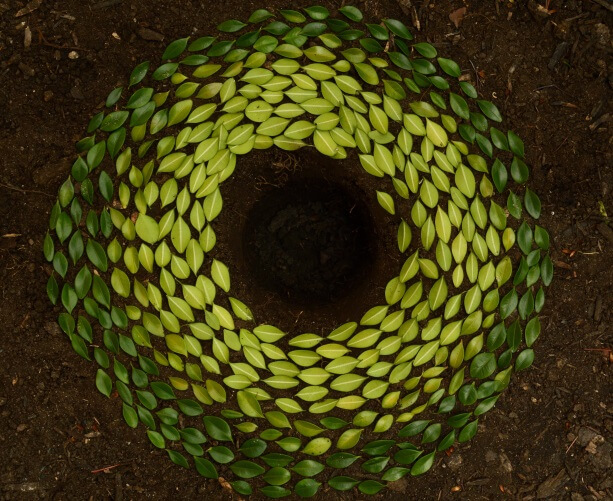
A circular economy is an economic system aimed at minimising waste and making the most of resources. The traditional linear economy model is based on a ‘take-make-consume-throw away’ approach, whereas in the circular system the last stage is replaced with “reuse”.
Circular economy is a hot topic worldwide, as it appears to be able to improve the wellbeing of people and at the same time reduce our dependence on primary materials.
While consumerism is increasing rapidly, so is the production of waste and the consumption of resources for the production of new products.
Consumers demand a better quality of life, a better standard of living and less environmental impact. However, the linear approach on which our economy is structured today (i.e. ‘take, make, dispose’ model of production) makes it clear that the high standard of living we are demanding does not go hand in hand with environmental protection and sustainability.
The way forward
Shifting from a linear to a circular economy, while ensuring the use of sustainable production and consumption standards, requires a change in perception and behaviour of consumers with regards to reuse, repair, refurbishment, recovery and recycling. What we previously considered as ‘trash’ can now turn into raw material, meaning: take, make, use and reuse.
Businesses and consumers will have to turn to alternative products, which have an environmental benefit, while contributing to the generation of green jobs and promoting innovation and competitiveness. In addition, through the establishment of reuse systems, businesses can benefit from higher quality alternative materials, and this in turn can lead to longer product life and a greater environmental benefit.
How can we deal with the challenge?
The European Union is responding to this new challenge by making the environment and resource efficiency one of its main priorities, with a special emphasis on circular economy. In order to promote the implementation of related policies, the EU has included the topic of environment and resource efficiency under the LIFE Programme, which is EU’s funding instrument for the environment and climate action.
The general objective of the LIFE Programme is to contribute to the implementation, updating and development of EU environmental and climate policy and legislation by co-financing projects with European added value. Beneficiaries of the Programme are public bodies, non-governmental organisations, local authorities, universities and private companies registered in an EU member state.
The LIFE Programme, which has been around as a financial instrument since 1992, has already funded a number of projects that promote circular economy. An example of such a project is AUTOPLAST-LIFE (LIFE13 ENV/IT/000559). Its aim is to develop a system for the recovery and recycling of special plastic waste from the automotive sector. The system includes a network for the selective collection of vehicles’ waste tanks and reservoirs, as well as a pilot recycling plant to generate recyclable secondary material. In other words, the plastic parts of vehicles that would in normal circumstances end up in landfills are reused with multiple financial and environmental benefits. Replacing the primary raw material with recycled plastic creates an immediate financial gain due to its low cost, while at the same time helps reduce CO2 emissions linked to the production process.
Another project which has received co-funding from the LIFE Programme is LIFE MULTIBIOSOL (LIFE14 ENV/ES/000486). Current farming practices require the use of large quantities of plastic film and plastic fruit protection bags (and clips to close them) since they help prevent the growth of weeds, protect crops from insects, regulate soil and produce temperature and retain water and nutrients. These plastic materials become plastic waste after a single-use, thus creating a serious problem of waste management since it is time-consuming and expensive to recycle them. This plastic waste is usually abandoned, incinerated or taken to a landfill. These practices have serious consequences for the environment. Therefore, governments and farmers demand cost-efficient, environmentally responsible solutions. These are the challenges the LIFE MULTIBIOSOL project is tackling with and its aim is to demonstrate an innovative, economically viable and fully biodegradable plastic that eliminates waste completely.
Find out more about the LIFE Programme here. To see whether your idea can be funded by the LIFE Programme contact us today.
Author: Chara Mavronicola, Environment and Resource Efficiency Expert


